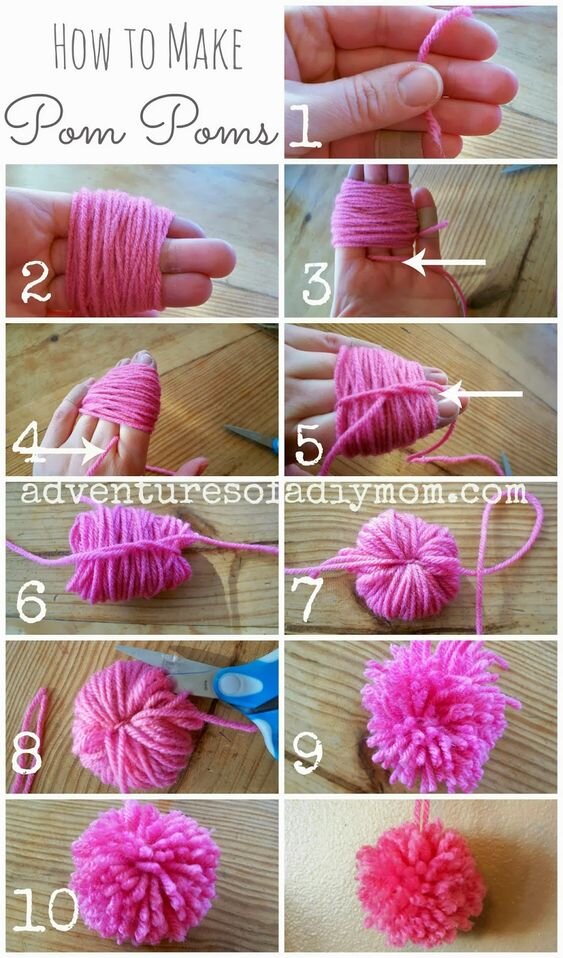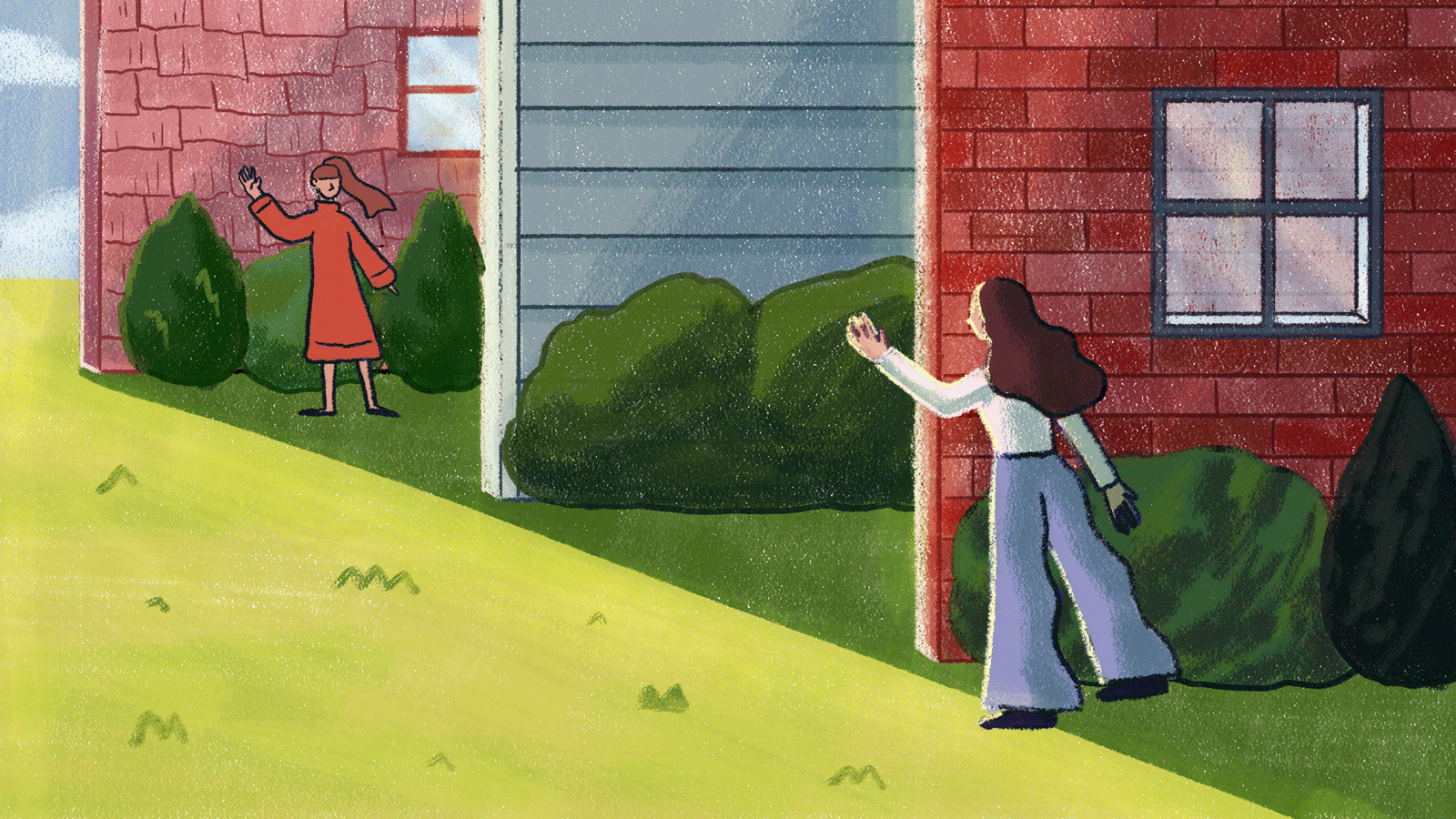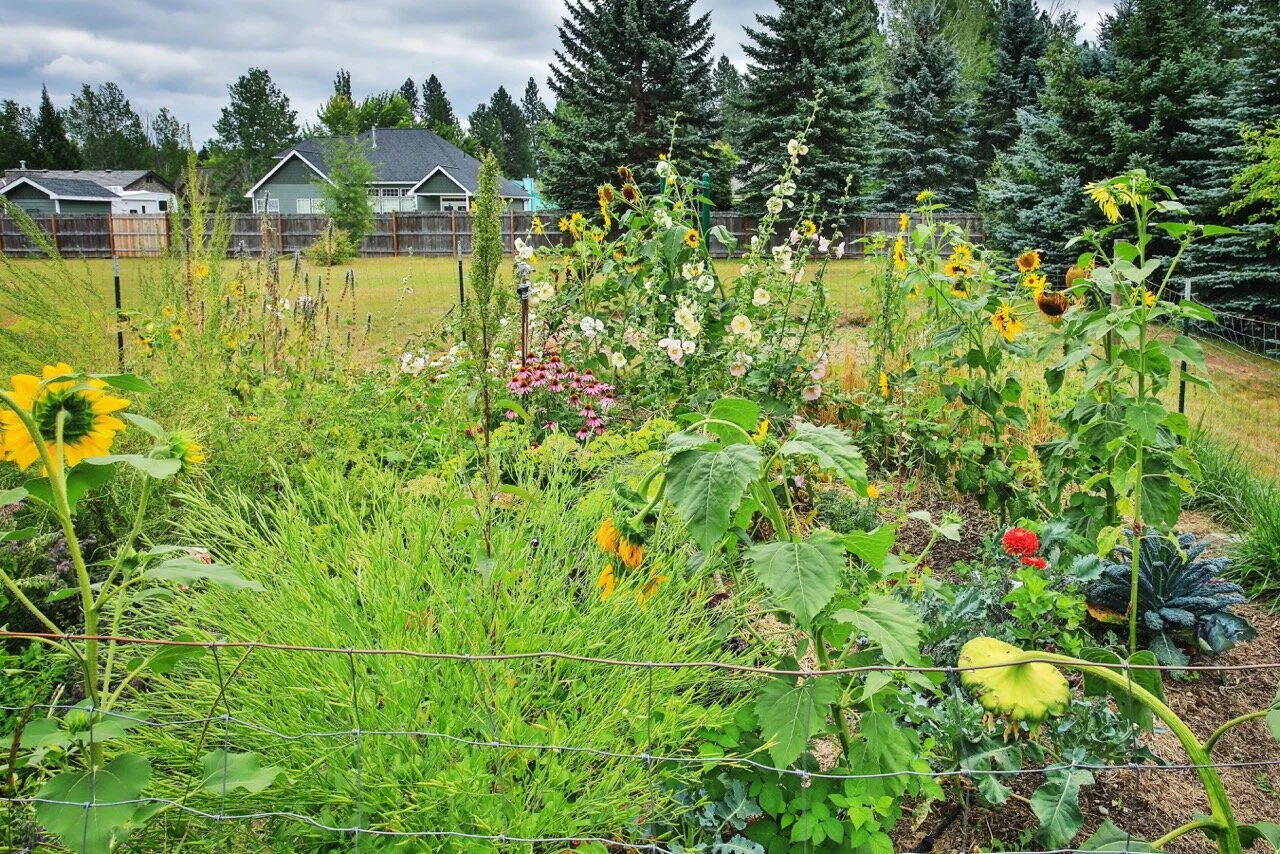Dear Sandpoint Waldorf School Parents,
The Board of Trustees recently met to discuss the potential hardships the COVID-19 pandemic is posing for our employees and families. Considering the possible loss of employment and/or the added expense of childcare with the closing of the school, the Board is offering an expedited Tuition Adjustment Program (TAP) process to all families, nursery through eighth grade. This offer will remain in effect for the duration of distance learning. Additionally, all contracted Extended Day charges will be ended as of March 16, 2020.
Along with the commitment to support our families during this unprecedented situation, the school remains committed to paying our employees and maintaining the campus for as long as we possibly can. Therefore, we ask that parents take these considerations to heart when deciding how much of an adjustment they will need and when they will need it.
The expedited process will include answering a few questions regarding your specific hardship, how much of an adjustment you expect you will need, and when you expect to need it. These questions can be answered by email or phone. The TAP committee will review your submission and attempt to respond within 24 hours of receiving your information. Please see the questions below.
Please trust that the school recognizes and appreciates the ordeal we are all facing at present. The teachers, administration, and Board have been working tirelessly to meet these challenges in creative and sustainable ways. As always, we are grateful for your support and understanding.
On Behalf of the Board,
Ann Neal
Director of Admissions
TAP Coordinator
Tuition Adjustment Questions
Please answer these questions in the body of an email (preferred) and send to aneal@sandpointwaldorf.org If email is not an option for you, call Ann Neal at 208.265.2683 (school) or 360.224.1426 (home). Thank you.
Please list your name and the names and grades of your children.
Are you presently receiving TAP?
What is your present tuition payment?
Please describe the hardship you are facing.
What is the amount of adjustment you feel you would need?
Is anything you would like to add?








